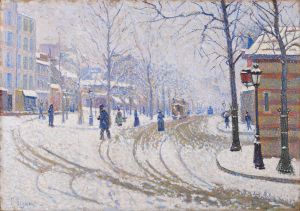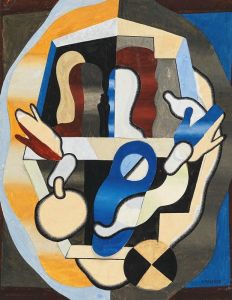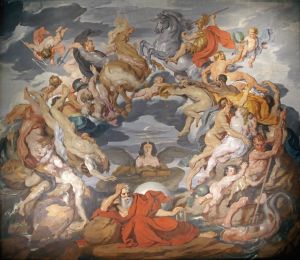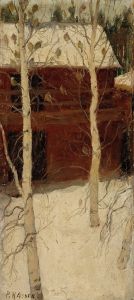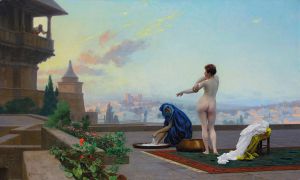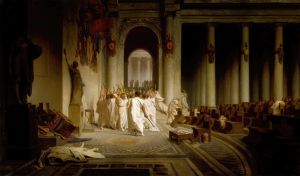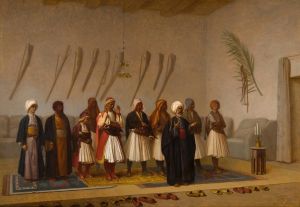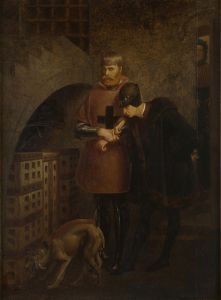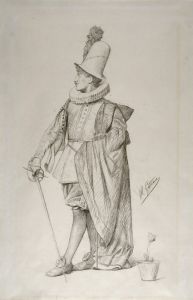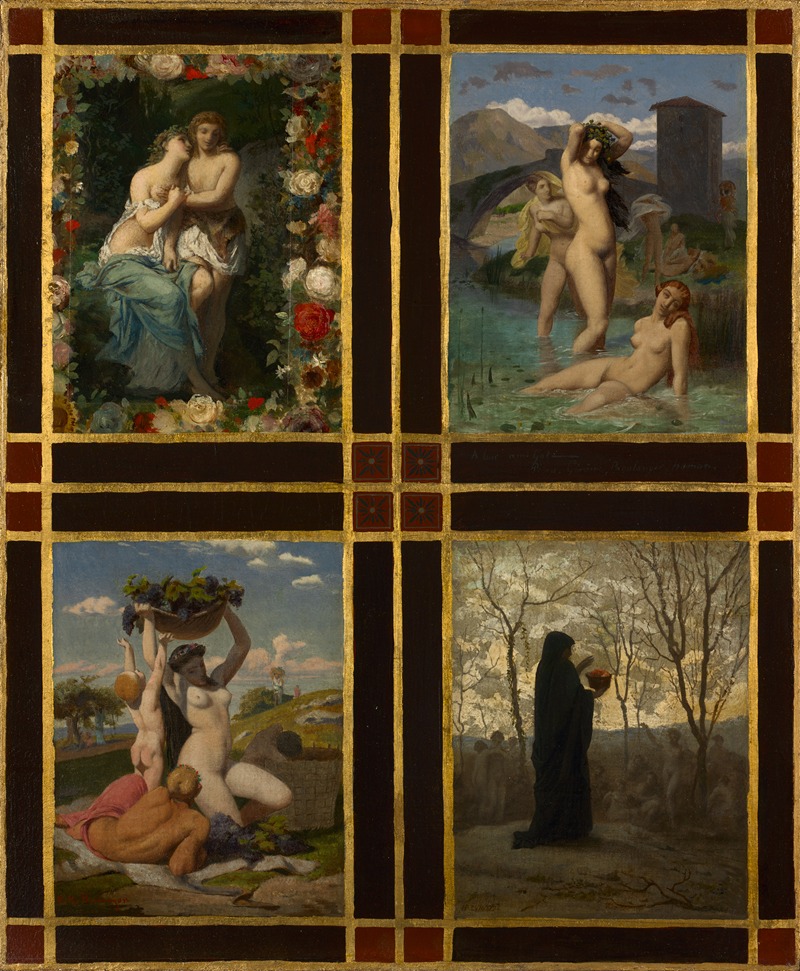
The Four Seasons
A hand-painted replica of Jean-Léon Gérôme’s masterpiece The Four Seasons, meticulously crafted by professional artists to capture the true essence of the original. Each piece is created with museum-quality canvas and rare mineral pigments, carefully painted by experienced artists with delicate brushstrokes and rich, layered colors to perfectly recreate the texture of the original artwork. Unlike machine-printed reproductions, this hand-painted version brings the painting to life, infused with the artist’s emotions and skill in every stroke. Whether for personal collection or home decoration, it instantly elevates the artistic atmosphere of any space.
Jean-Léon Gérôme was a prominent 19th-century French painter and sculptor, known for his academic style and his contributions to Orientalism. Among his diverse body of work, "The Four Seasons" is one of his notable paintings. Gérôme's works often reflect his interest in historical and mythological themes, executed with meticulous attention to detail and vibrant color palettes.
"The Four Seasons" by Jean-Léon Gérôme is a painting that exemplifies his mastery in capturing the human form and his ability to convey narrative through art. Although specific details about the creation date and the current location of "The Four Seasons" are not widely documented, Gérôme's style and thematic choices can be observed in this work, as in many others.
Gérôme's depiction of the seasons is likely influenced by classical mythology and allegory, a common theme in his oeuvre. In art, the four seasons are often personified as figures representing Spring, Summer, Autumn, and Winter, each embodying the characteristics associated with their respective times of the year. Gérôme, known for his academic precision, would have approached this subject with a focus on realism and idealized beauty, capturing the essence of each season through detailed representation.
The painting would typically feature four figures, each symbolizing one of the seasons. Spring might be depicted as a youthful figure adorned with flowers, symbolizing rebirth and renewal. Summer could be represented by a figure basking in warmth, perhaps holding sheaves of wheat or other symbols of abundance. Autumn might be shown with fruits or leaves, indicating harvest and transition. Winter could be portrayed as an older figure, possibly draped in furs, to convey the cold and dormancy of the season.
Gérôme's ability to infuse life into his subjects and his skillful use of light and shadow would enhance the narrative of the painting, drawing viewers into the cyclical nature of the seasons. His academic training and adherence to classical techniques would ensure that each figure is rendered with anatomical precision and a sense of timelessness.
While specific exhibitions or collections featuring "The Four Seasons" are not extensively recorded, Gérôme's works are held in high regard and are part of numerous prestigious collections worldwide. His influence on academic art and his role in the Orientalist movement have cemented his legacy as a pivotal figure in 19th-century art.
In summary, "The Four Seasons" by Jean-Léon Gérôme is a testament to his skill in combining classical themes with academic rigor. Through his depiction of the seasons, Gérôme not only showcases his technical prowess but also his ability to convey complex narratives through the medium of painting.





